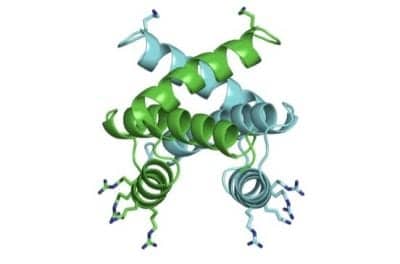The CDC has begun preparing a new avian influenza A(H7N9) vaccine amid a spike in cases in China and evidence that the deadly virus has split into two strains, including one that does not seem to be susceptible to existing vaccines.
A record 460 human cases of H7N9 have been reported since Oct. 1 in China — more than 36% of the overall number of 1,258 cases that have been seen in the region since the virus emerged in 2013.
According to CDC analysis published in Morbidity and Mortality Weekly, H7N9 has split into two distinct lineages. One strain, named for the Yangtze River Delta, has undergone antigenic changes as it circulates among poultry in China and is now showing reduced susceptibility to existing vaccines.
Of 74 virus samples from patients or live bird markets in China that were tested by the CDC since October, 93% were from this Yangtze River Delta strain. The other strain, named for the Pearl River Delta, is still susceptible to existing vaccines.
Antigenic changes in H7N9 make it likely that existing vaccines will have a reduced effectiveness against the virus, so experts from WHO’s Global Influenza Surveillance and Response System this week recommended two new compositions based on the new strain.









